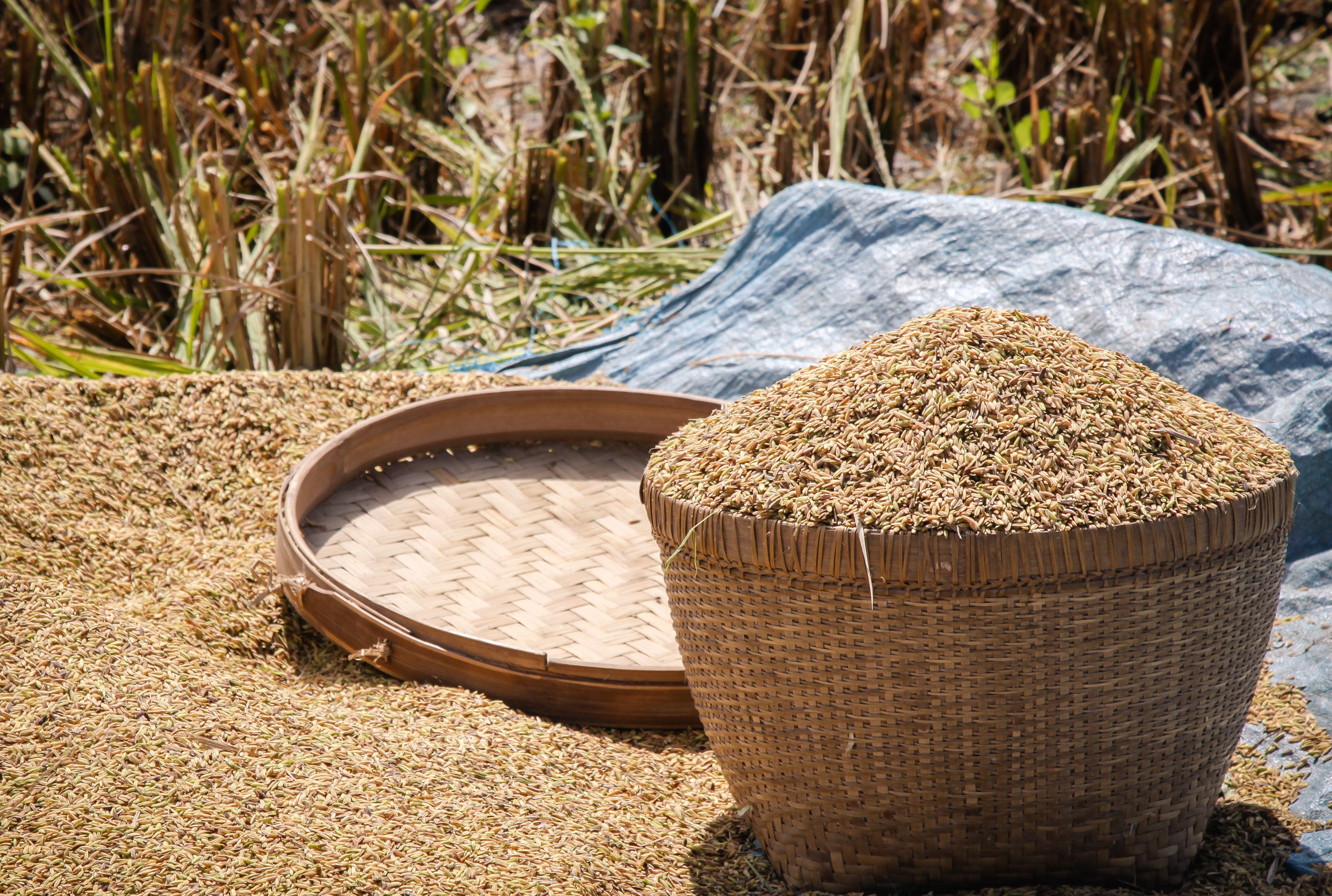Exploring the Unique Delicacy of Roasted Sago Worms in Papua New Guinea
Discovering a Cultural Delicacy
In the heart of Papua New Guinea, amidst its lush rainforests and vibrant communities, lies a culinary tradition that captures the adventurous spirit of the region: roasted sago worms. These protein-rich worms, often regarded as a delicacy, are not only a staple in the local diet but also a testament to the diverse and rich culture of this island nation.
Roasted sago worms, known locally as "grubs," are derived from the sago palm, an important source of sustenance for many indigenous tribes. The harvesting and preparation of these worms are deeply rooted in traditional practices, making them more than just a food item—they are a cultural experience.
The Harvesting Process
Harvesting sago worms is an intricate process that involves both patience and skill. The sago palm itself is an invaluable resource, providing not only the worms but also sago starch, which is another dietary staple. The worms develop inside the decaying trunk of the sago palm tree, feeding on its fibers until they are ready to be collected.
Once harvested, the worms are cleaned and prepared for roasting, a method that enhances their nutty flavor and crispy texture. This meticulous process is often carried out by community members, who gather together to share in this age-old tradition.

Cooking Techniques and Flavor
Roasting is the preferred method for preparing sago worms, allowing their natural flavors to shine. The worms are skewered and placed over an open flame, turning golden brown as they cook. This method not only enhances their taste but also ensures that they are safe to consume.
The flavor profile of roasted sago worms is unique—often described as a combination of earthy and nutty notes with a satisfying crunch. This makes them an exciting treat for adventurous eaters looking to broaden their culinary horizons.
Cultural Significance
Beyond their nutritional value, roasted sago worms hold significant cultural importance. They are often served during traditional ceremonies and celebrations, symbolizing community and togetherness. Sharing this delicacy with guests is considered an honor, reflecting the deep hospitality ingrained in Papua New Guinean culture.
For many tribes, the act of hunting, preparing, and consuming these worms is intertwined with their cultural identity. It is a practice passed down through generations, preserving both the culinary and social fabric of these communities.
Health Benefits
Sago worms are not only rich in protein but also contain essential vitamins and minerals, making them a nutritious addition to any diet. Their high protein content provides a sustainable source of energy, especially in regions where access to other protein sources may be limited.
For those interested in sustainable eating practices, sago worms offer an eco-friendly alternative to conventional meats. They require minimal resources to cultivate and have a low environmental impact compared to other protein sources.
A Unique Culinary Adventure
For travelers and food enthusiasts alike, trying roasted sago worms offers a chance to engage with a unique
